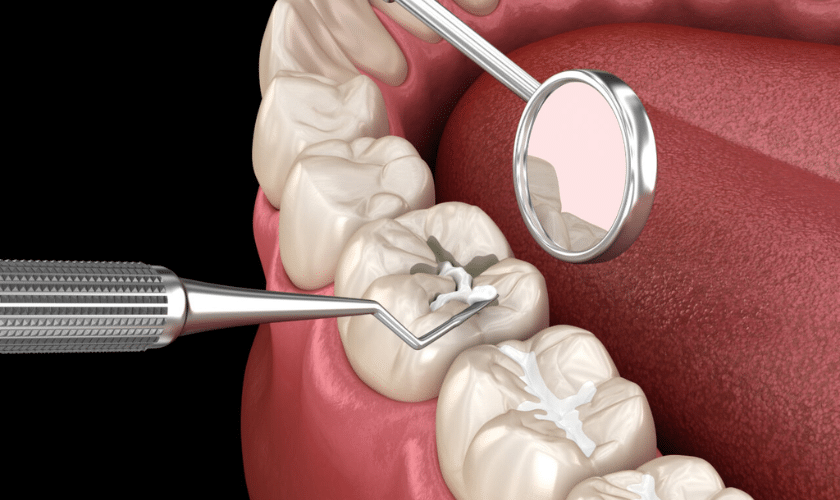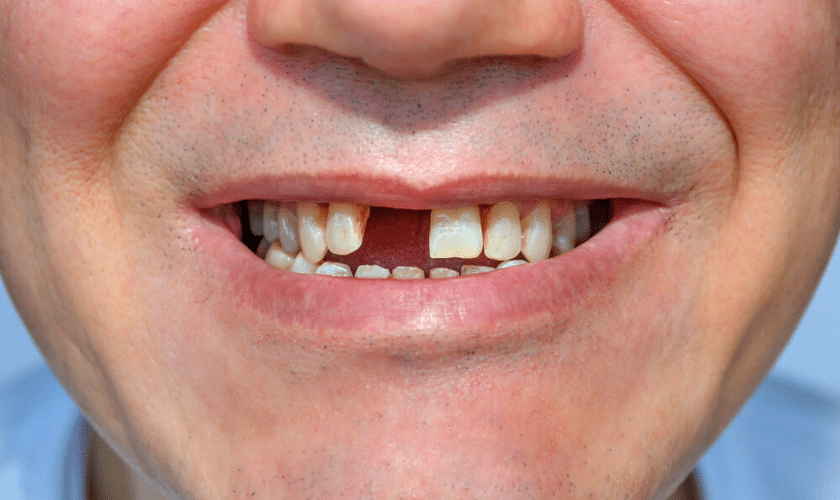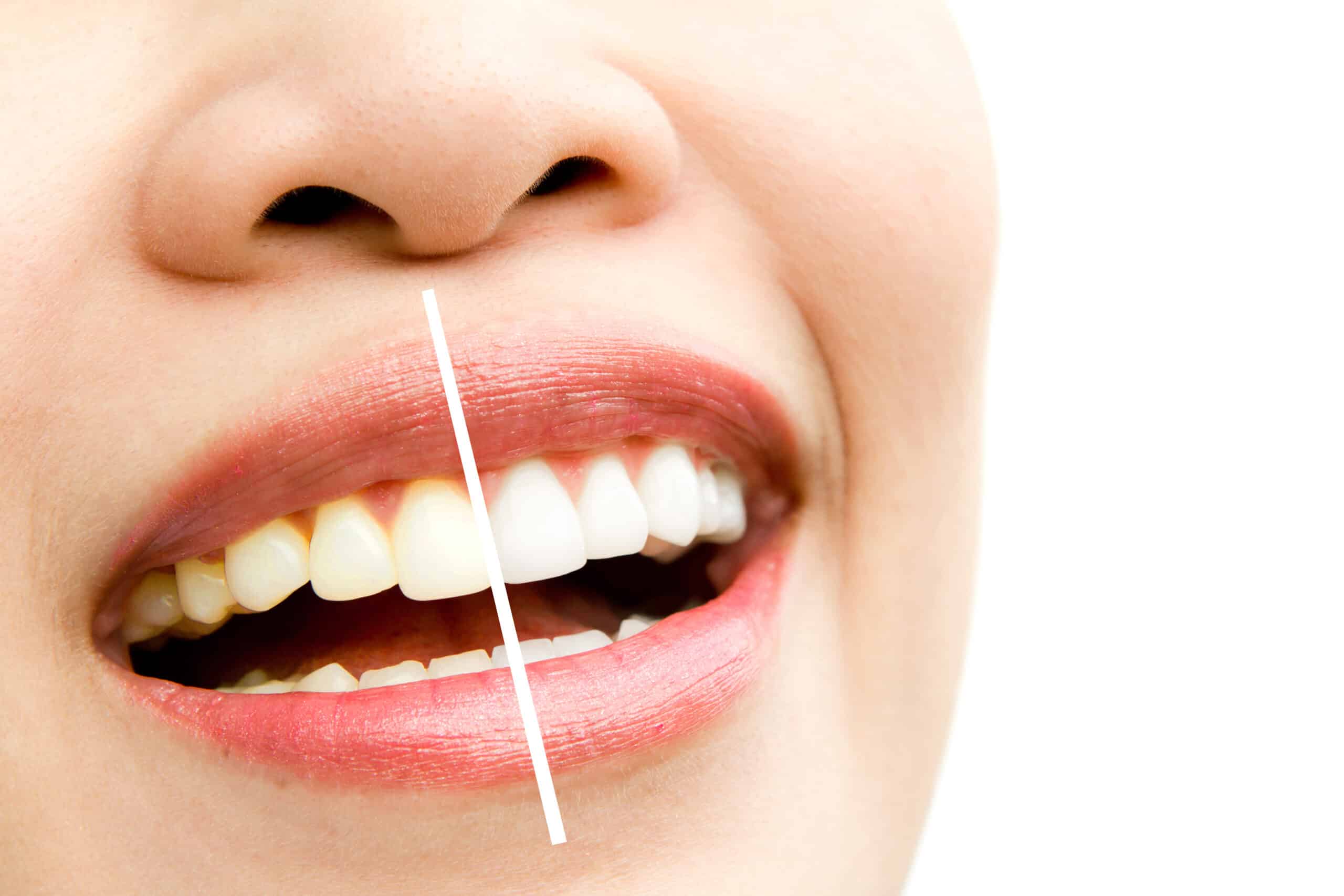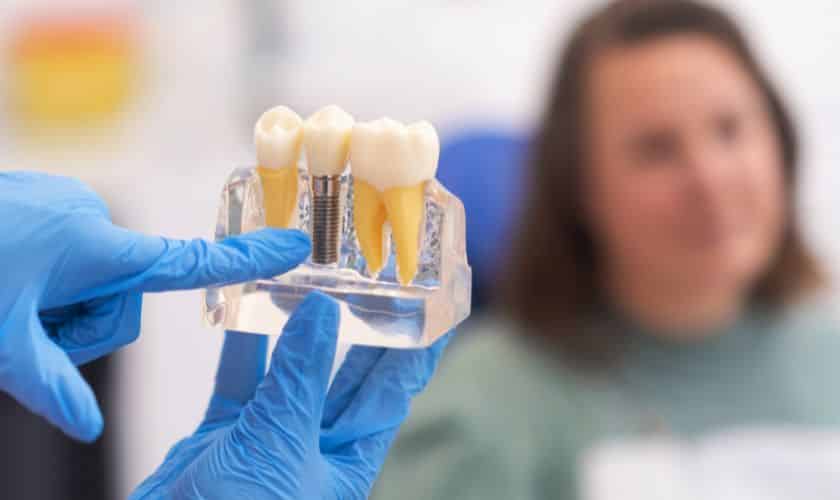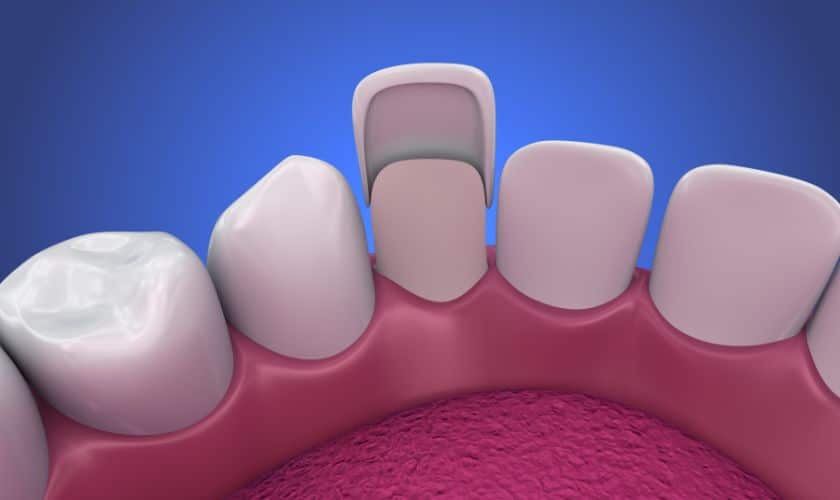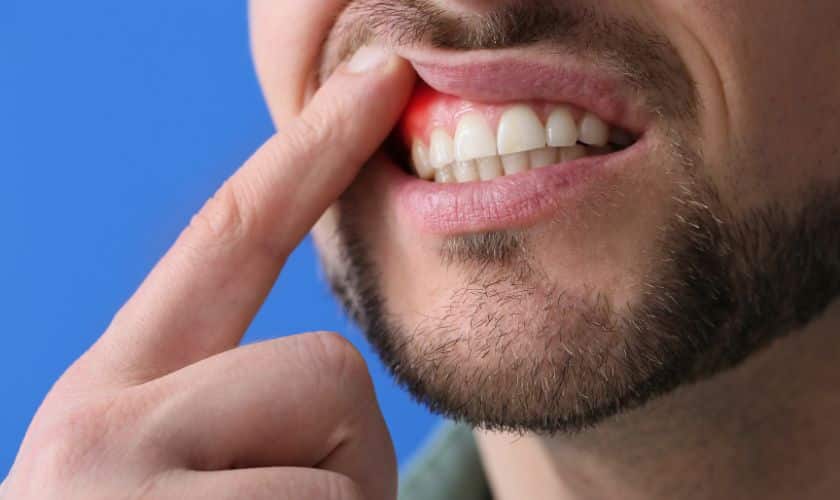
If you’re like most people, oral health is probably not at the top of your priority list. However, neglecting it can lead to serious consequences, one of which is gum disease. Gum disease affects millions of people around the world and can lead to tooth loss and other complications if left untreated. Luckily, early treatment can make all the difference! In this blog post, we’ll discuss what gum disease is, its different stages, why early treatment is crucial for preventing further damage, common symptoms to look out for, and effective ways to treat it. So let’s dive in!
What is Gum Disease?
Gum disease, also known as periodontal disease, is an infection that affects the tissues that support and surround your teeth. It is caused by bacteria found in plaque – a sticky film of bacteria that forms on our teeth if we don’t brush and floss regularly.
The initial stage of gum disease is called gingivitis, which causes inflammation and bleeding of the gums. If left untreated, it can progress to periodontitis – a more severe form of gum disease where the gums start to pull away from the teeth creating pockets between them. These pockets become infected with harmful bacteria causing further damage to both bone and gum tissue.
Gum disease doesn’t only affect oral health; it’s been linked to other serious health problems such as heart disease, diabetes, respiratory illness, stroke, and even pregnancy complications.
Prevention is key! Brushing twice daily for two minutes each time using fluoride toothpaste along with daily flossing will help remove plaque build-up before it turns into tartar buildup which cannot be removed by brushing alone. Regular visits to your dentist for cleanings are also crucial in catching any early signs of gum diseases before they turn into something more serious.
The Different Stages of Gum Disease
Gum disease, also known as periodontal disease, is a common oral health problem that affects millions of people worldwide. This condition occurs when the bacteria in plaque build up on your teeth and gums causing inflammation and damage to the tissues that hold your teeth in place.
The first stage of gum disease is called gingivitis. At this point, the infection only affects the gums and causes redness, swelling, and bleeding during brushing or flossing. If left untreated, gingivitis can progress to periodontitis – an advanced form of gum disease that damages the bone supporting your teeth.
Periodontitis has two stages: moderate and advanced. During the moderate stage of periodontitis, you may experience tooth sensitivity to hot or cold temperatures or pain while chewing hard foods. The gums start to pull away from your teeth creating pockets where even more bacteria can grow.
In the advanced periodontitis stage where irreversible damage already occurred by destroying bones and ligaments which then results in the loosening up of some teeth from their sockets making it difficult for them to function properly leading eventually into tooth loss if not treated immediately.
It’s essential always to take note of these different stages since early detection allows for prompt treatment before it progresses into severe cases requiring surgery or worse; tooth extraction.
Why Early Treatment is Important
Early treatment is essential when it comes to gum disease. This is because, in the early stages, the condition can be easily treated and managed. Ignoring or neglecting early signs of gum disease can lead to severe damage and even tooth loss.
When you receive early treatment for gum disease, your dentist will be able to clean your teeth thoroughly to remove any built-up plaque that may have caused the infection. Additionally, they may recommend lifestyle changes such as quitting smoking or improving oral hygiene habits.
If left untreated, gum disease can progress into a more severe stage called periodontitis. This advanced stage of gum disease results in irreversible damage which includes bone loss around teeth and pockets forming between gums and teeth. In some cases where multiple treatments are not enough then patients might need surgery.
Moreover, failing to treat gum disease at an earlier stage increases the risk of other health complications such as heart diseases or respiratory problems due to bacteria from infected gums entering into the bloodstream and affecting other organs as well
It’s important not only for oral health but also overall body well-being that people should seek help from their dentists at the earliest sign of any issue related to their gums because prevention is better than cure always!
Gum Disease Symptoms
Gum disease, also known as periodontal disease, is a common dental issue that affects millions of people around the world. This condition can cause serious damage to your gums and teeth if left untreated. Therefore, it’s important to know the symptoms of gum disease so that you can seek early treatment.
One of the most common signs of gum disease is bleeding when you brush or floss your teeth. If your gums bleed regularly, this may indicate that bacteria has built up in your mouth and caused inflammation. Other symptoms include swollen or tender gums, bad breath, loose teeth, and receding gums.
If you notice any of these symptoms, it’s essential to see a dentist as soon as possible for an evaluation. Your dentist will examine your mouth thoroughly and recommend appropriate treatment based on the severity of your condition.
The good news is that gum disease can be treated effectively with early intervention. With proper care from a dental professional and a regular at-home oral hygiene routine such as brushing twice daily and flossing once per day, you can prevent further damage to your gums and maintain healthy teeth for years to come!
How to Treat Gum Disease
Treating gum disease is crucial to prevent further damage and restore oral health. The treatment plan will depend on the severity of your condition, but there are some standard procedures that can help improve your symptoms.
The first step in treating gum disease is to remove any plaque or tartar buildup through professional cleaning. This process called scaling and root planing involves removing the bacteria and debris from below the gum line using specialized tools.
In more severe cases, surgery may be required to clean out deep pockets caused by advanced periodontitis. Gum grafts may also be necessary if significant tissue loss has occurred due to the disease.
After treatment, maintaining good oral hygiene practices at home is essential for preventing the recurrence of gum disease. This includes brushing twice a day with fluoride toothpaste, flossing daily, and using an antibacterial mouthwash as directed by your dentist.
If you’re experiencing symptoms of gum disease such as bleeding gums or persistent bad breath, it’s important to seek professional dental care right away. Remember that early intervention can make all the difference when it comes to successfully treating this common condition.
The Bottom Line
Gum disease is a serious oral health issue that can lead to tooth loss and other health problems if left untreated. This is why it’s important to understand the different stages of gum disease and its symptoms, as well as seek early treatment from your dentist.
By taking care of your dental hygiene through regular brushing, flossing, and dental check-ups, you can prevent gum disease from developing in the first place. And if you do notice any signs of gum disease such as bleeding gums or bad breath, don’t hesitate to schedule an appointment with your dentist right away.
Remember that early detection and treatment are key to maintaining a healthy smile for years to come. So take care of those pearly whites and keep smiling!

